We found ourselves in the midst of the hustle and bustle of Plaça de la Seu. There were street vendors, street performers, local bystanders, and fellow tourists milling about. We continued on a walking tour of Barri Gotic (The Gothic Quarter). The quarter encompasses the oldest parts of the city, including ruins of the Roman wall and some medieval landmarks. The labyrinthine street plan features narrow streets with cobble stones opening out into squares and dotted by gargoyles in the most unexpected corners.
We saw the remains of a Roman temple, the flamboyant Pont del Bisbe, Casa Padellas which now houses the Barcelona City History Museum headquarters, the Aguilar Palace which is now the Museu Picasso, and the Pignatelli Palace turned into the Royal Artistic Circle of Barcelona. We also walked through El Call, the medieval Jewish Quarter where the former Sinagoga Major, described as one of the oldest synagogues in Europe, is located.
We visited one more church in this area – the Church of Santa Maria del Pi (Blessed Lady of the Pine Tree), another Gothic church. It is smaller and simpler than the cathedral we last saw with only a single nave made up of rectangular sections and side chapels between the supporting pillars. The high altar is made of alabaster and in the presbytery is the statue of Our Lady. Its most remarkable feature, however, is its rose window on the façade.
Fronting this church is the Plaça del Pi, aptly named because of the pine needle in the middle of the square, busy with vendors and tourists. Our Tour Director then led us through Carrer Petrixol, a very narrow street that starts from the plaza. He told us that it is known for its art galleries and chocolate shops that have served hot chocolate and sweets since the 18th century. Everyone, of course, got excited at the prospect of having some chocolates.
Barcelona’s hot chocolate, locally called chocolate caliente, is rich, decadent, and intense, but not too sweet. The consistency is more like molten chocolate (because it is traditionally prepared with corn flour), rather than the usual chocolate drink we are accustomed to in North America. Actually, I was already familiar with it because in the Philippines, Spanish-style hot chocolate (from cacao tablets) is a staple of the Christmas Eve menu. We had to try it, of course, but we got a bit overwhelmed by the number of shops that offered chocolate.
Our Tour Director directed us to one of the more popular ones called Granja Dulcinea, where I treated myself to a cup of authentic, Barcelona-style steaming hot chocolate and some churros (long, thin donuts traditionally dipped in hot chocolate). Heaven!
Actually, the granja’s (or “dairy” as they were called in the olden days because they specialized in the sale of dairy products) specialty is the melindros (light, vanilla-flavoured sponge fingers) but I couldn’t say “no” to the churros, my all-time favourite Spanish snack, that incidentally, I used to order in Manila all the time from a restaurant-café called, La Dulcinea. I did have a bite of my travel amiga's melindro and I must say, the churro still reigns supreme in my books.
Aside from chocolates, the street also boasted of other shops and places of interests such as art galleries, museums, jewelry shops, and stationery stores that sold locally-made products. It took a great deal of control for me to not buy anything. I kept reminding myself that I was on a pilgrimage, and not a shopping trip, and that my luggage could only carry so much.
Photo Credits:
barclelonando.com, thenationalnews.com, JosepBC (Wikimedia Commons), barcelonanavigator.com, Enfo (Wikipedia), barcelonacard.com, sinagogamayor.com, barcelona-tourist-guide.com, barcelona-home.com







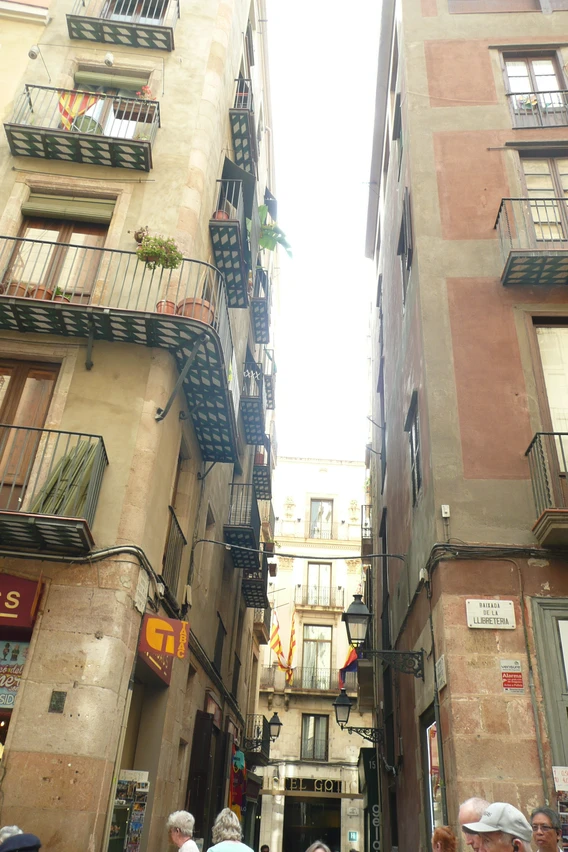


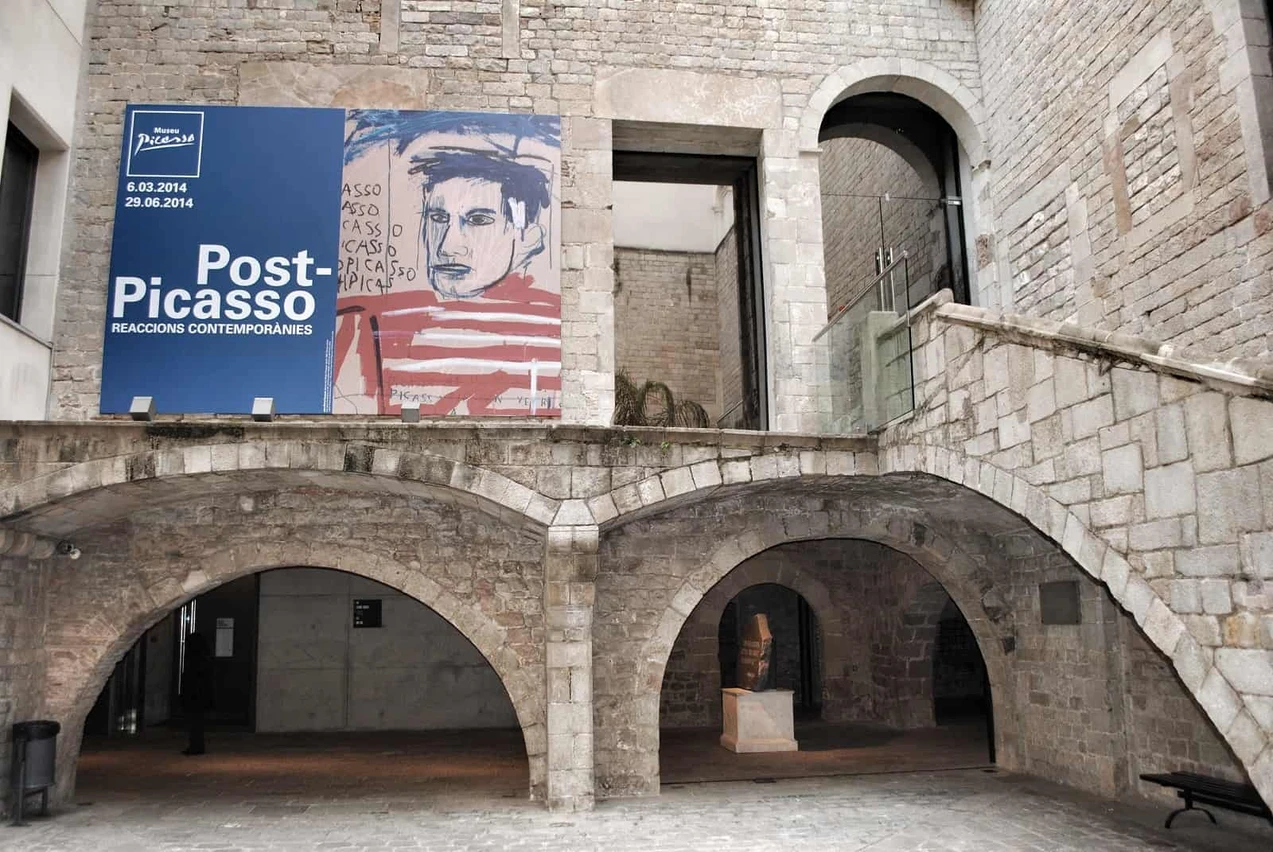




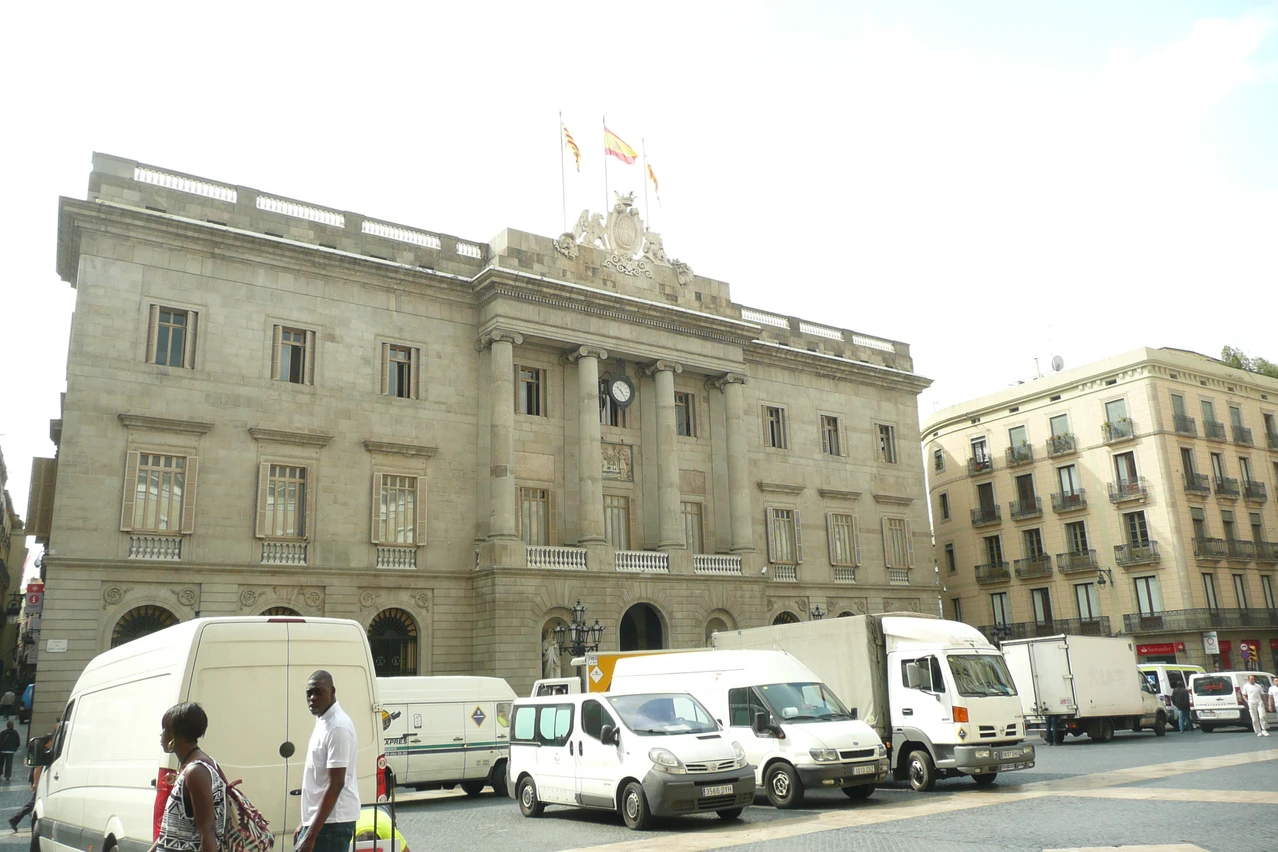
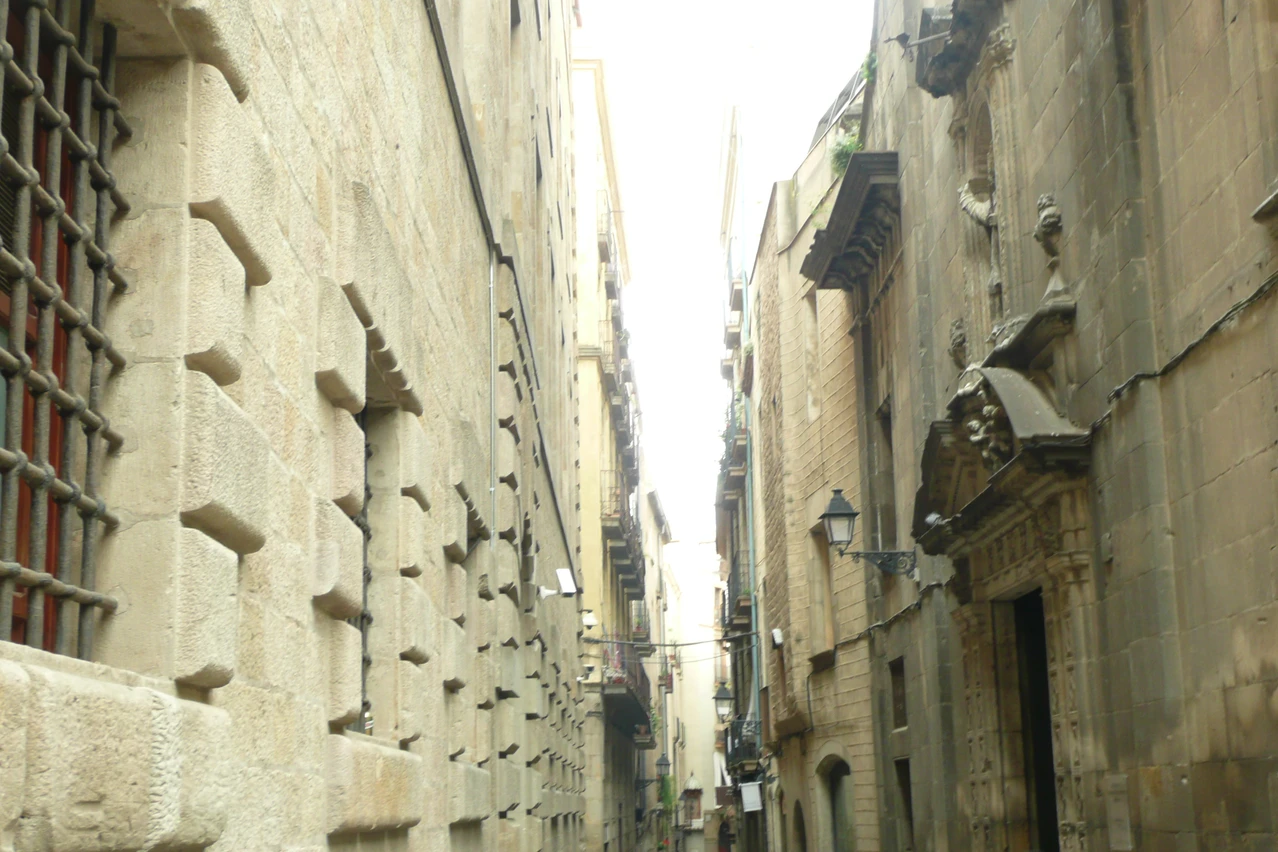
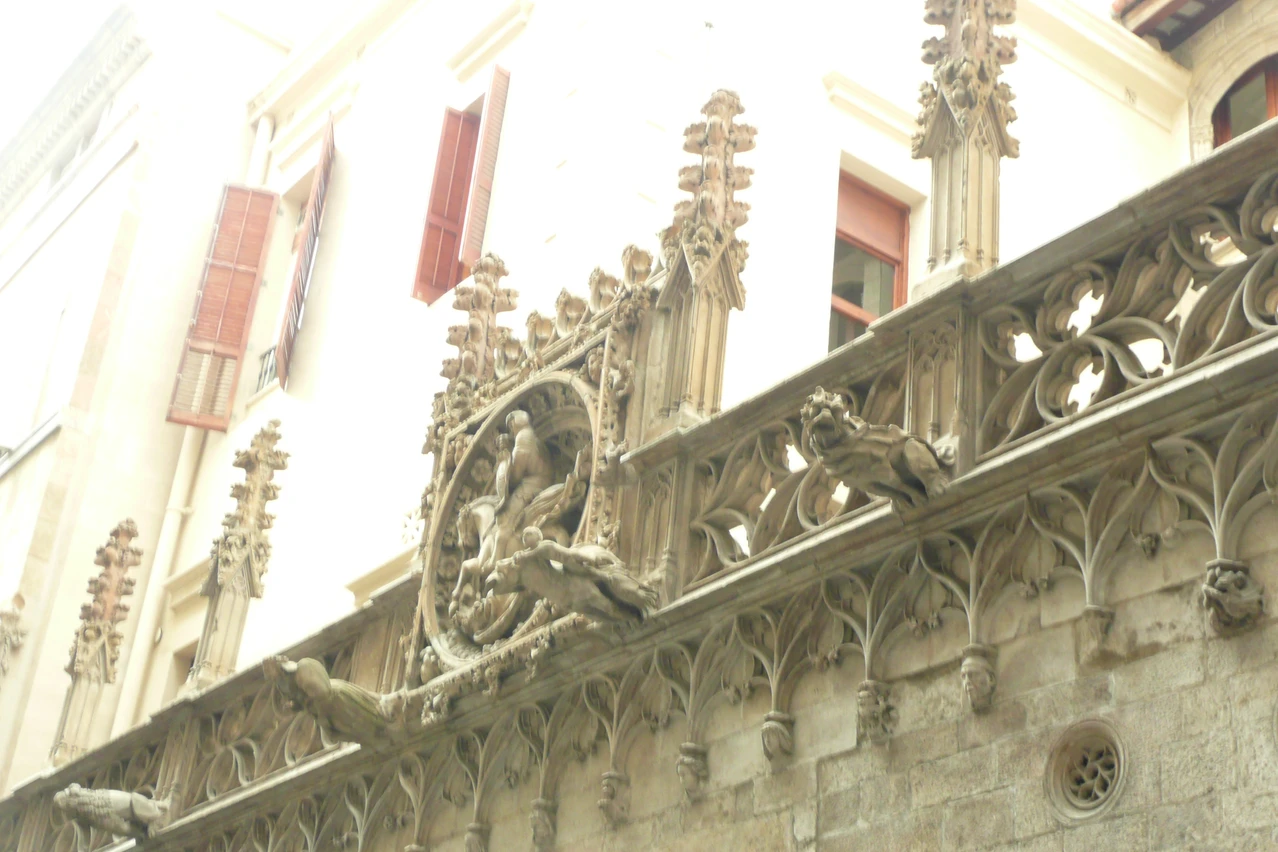
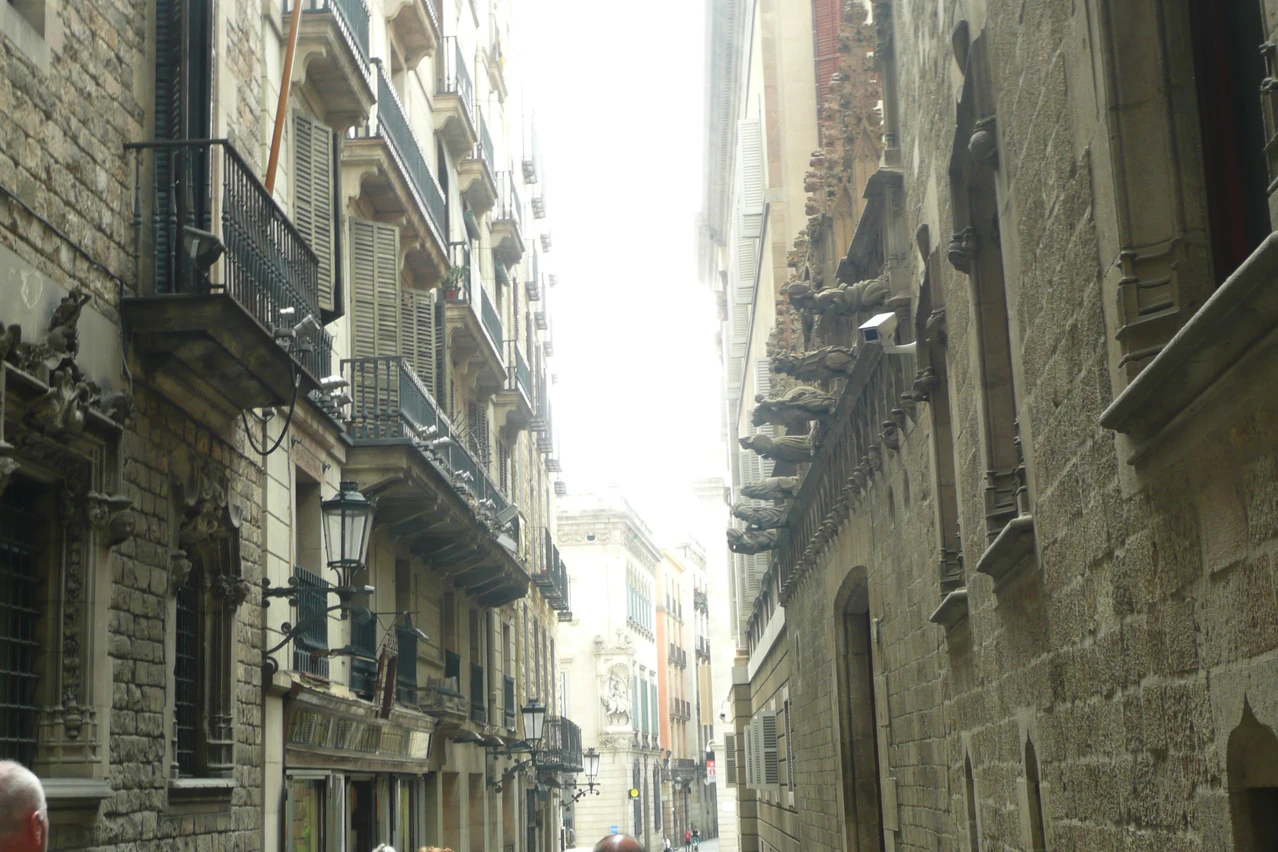
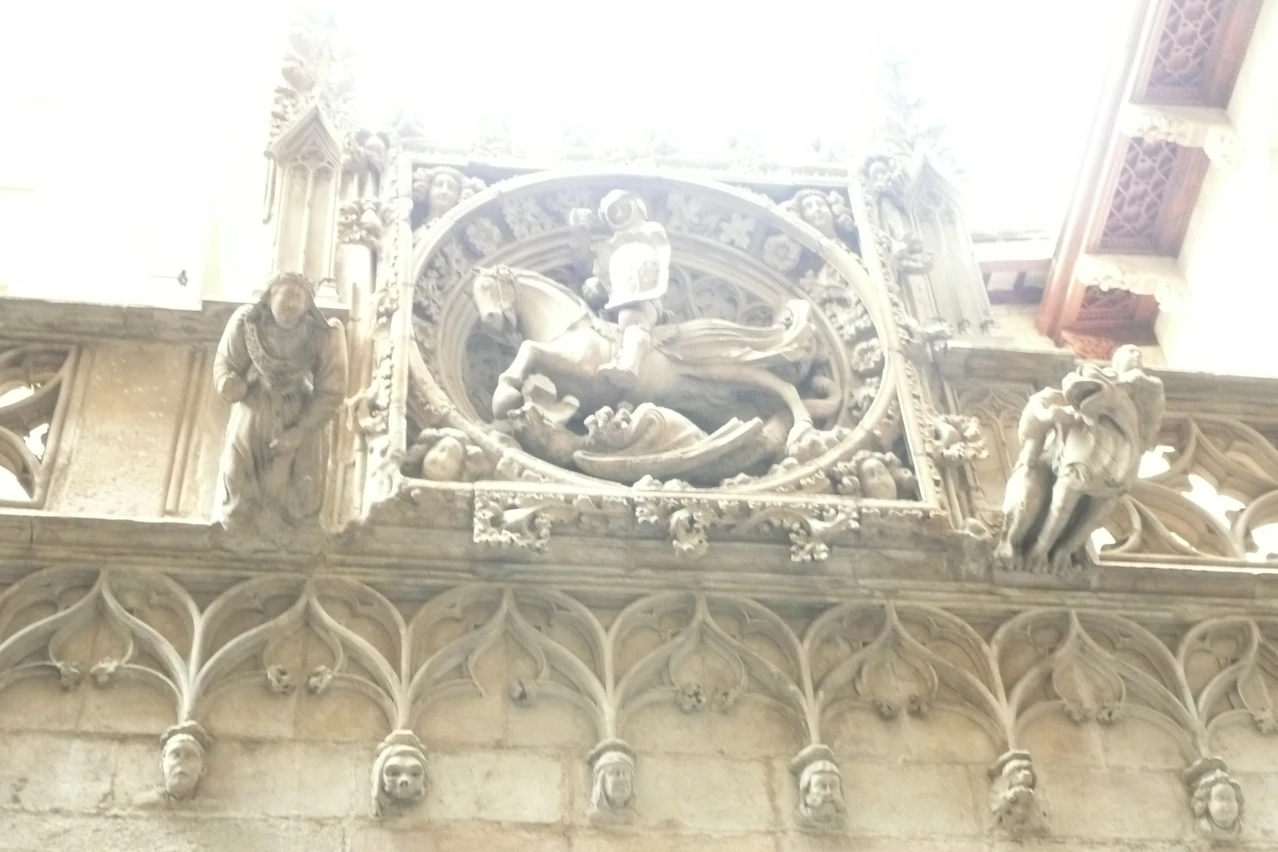
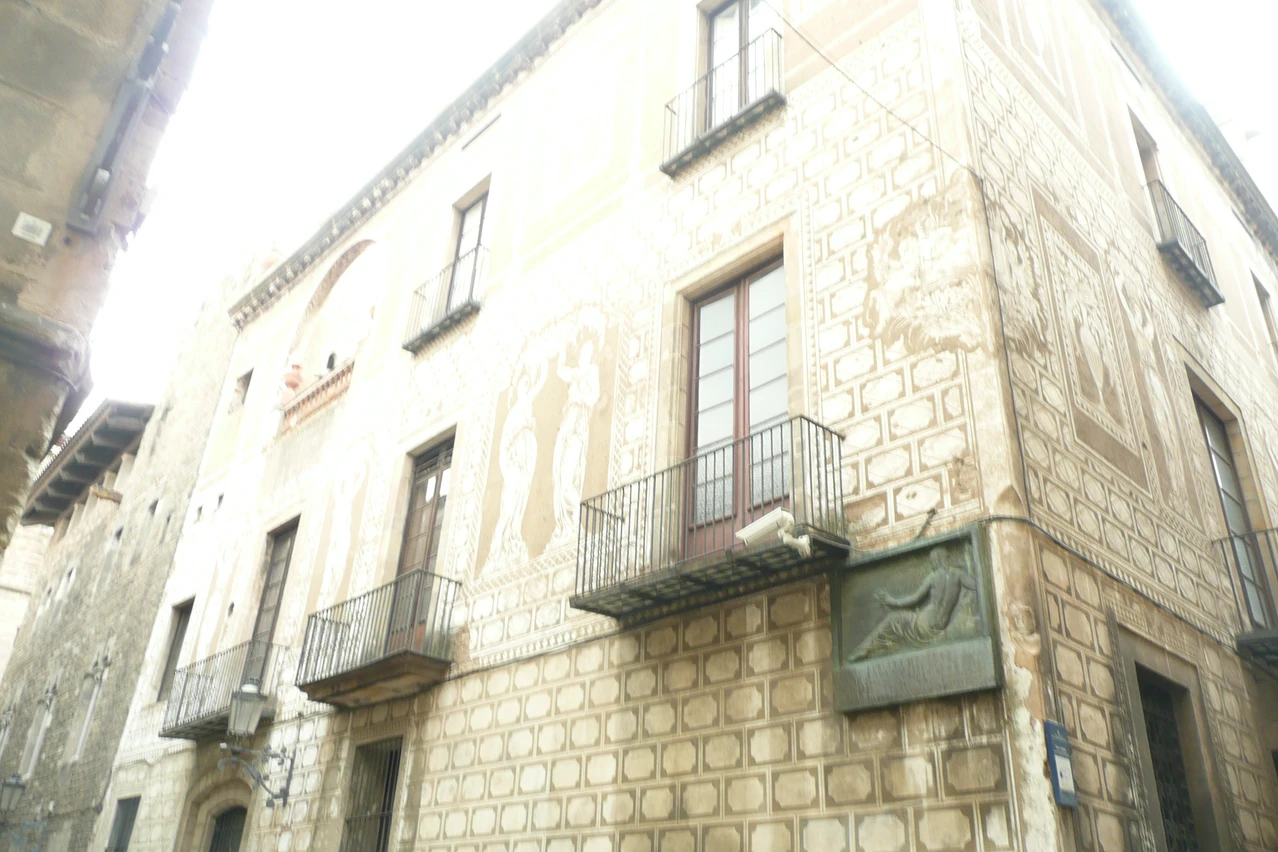
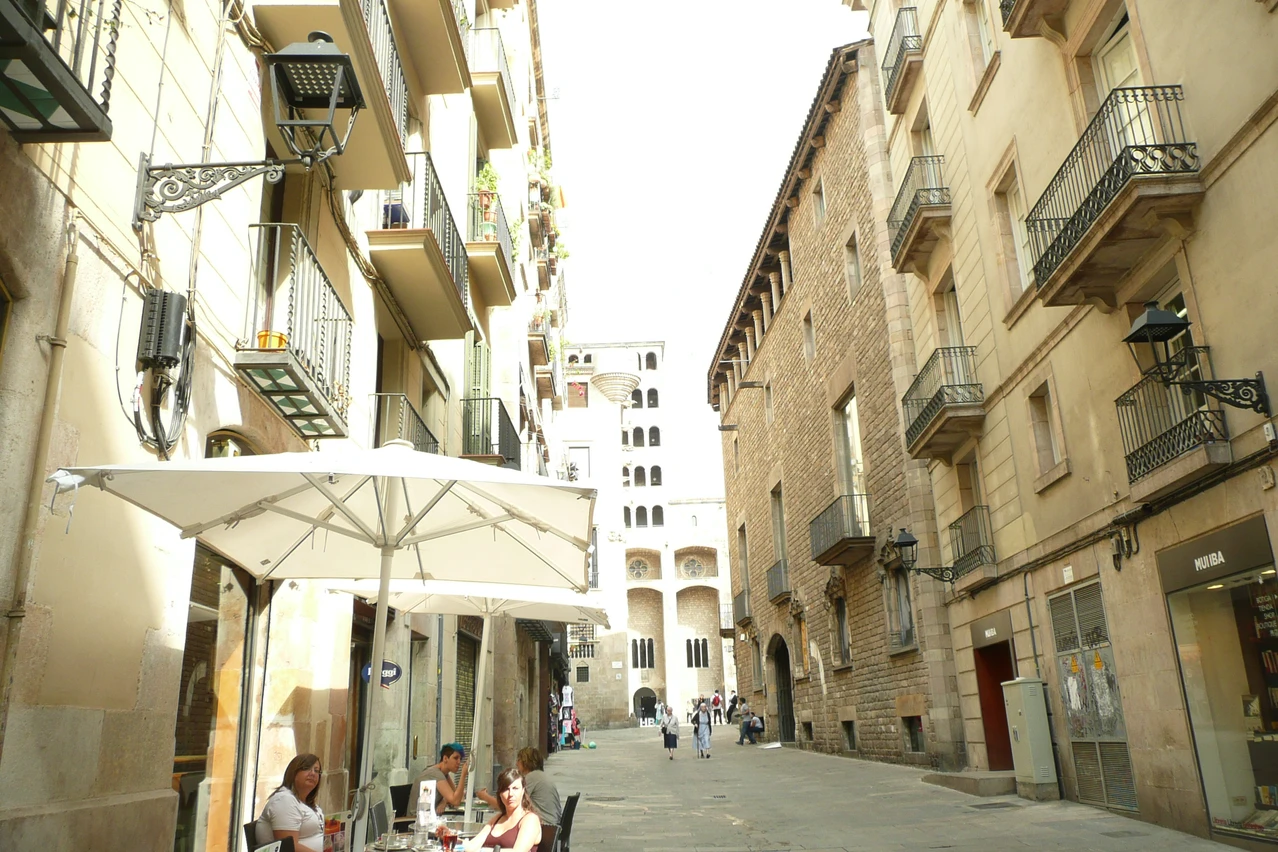






















Comments